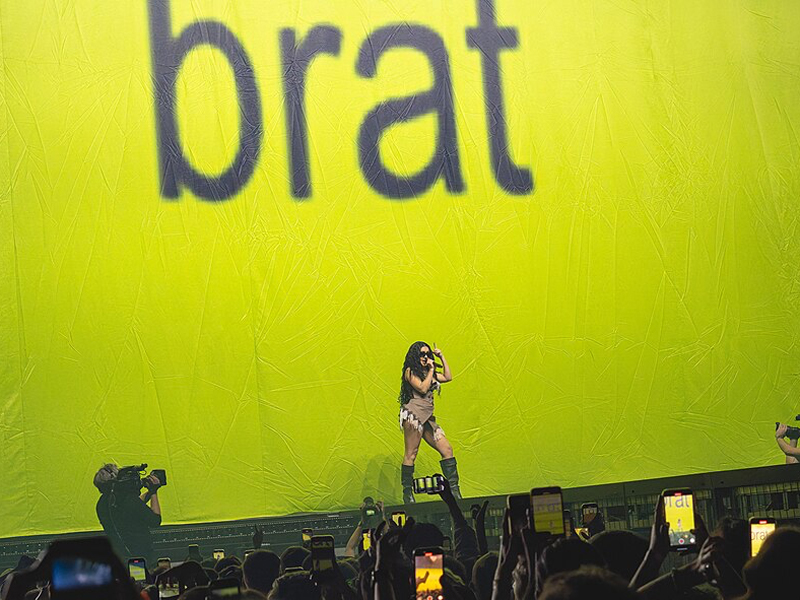What Is Anti-Design?
Anti-design is a bold, unconventional design strategy that intentionally challenges traditional visual norms. For businesses, especially in the digital space, this means moving away from clean, grid-based layouts and instead leveraging asymmetry, striking color palettes, and intentionally unrefined visuals to grab attention and stand out in a saturated market. When executed strategically, anti-design can differentiate your brand and create memorable user experiences that drive engagement.
Anti-design may sound like the trend to end all trends—a rebellious shift that challenges everything traditional design stands for, sometimes even echoing the raw, experimental energy of the 1990s. But what exactly is anti-design, where did it originate, and more importantly, should modern brands embrace it? As companies compete for attention in oversaturated markets, anti-design offers a strategic way to break through the noise and make a bold, memorable impression
The Origins and Evolution of Anti-Design
While the term “anti-design” may feel contemporary, its roots go back to 1960s and ’70s Europe, where it emerged as an architectural movement led by visionaries like Britain’s Archigram and Italy’s Archizoom and Superstudio. These groups rejected rigid rationalism and the elevation of aesthetics over function, instead emphasizing human needs and cultural relevance. Though many of their concepts were commercially impractical, they laid the groundwork for a design philosophy focused on questioning norms.
As the counterculture of the late ’60s gained momentum, anti-design became a vehicle for critiquing not only minimalist modernism but also the consumerism and corporate values it was seen to embody. Stark color palettes and clean lines gave way to bright, rebellious visuals and deliberate distortion. The goal? To make consumers think more critically about what they were engaging with—not just accept it passively.
This rebellious spirit resurfaced in the 1990s, a decade that brought neon colors, chaotic layouts, and the birth of the internet. With no established design conventions online, early web designers had freedom to experiment wildly. The influence of designers like David Carson—famous for asymmetry, layered typography, and visual intensity at Ray Gunmagazine—helped define the grunge aesthetic that now echoes in modern anti-design.
By the early 2000s, however, mobile screens demanded simplicity, ushering in the clean, grid-based designs that dominate today’s web. In contrast, anti-design offers a break from sameness—a return to experimentation at a time when standing out for graphic design firms has never been more critical
Anti-Design in Branding: Rebellion with Purpose
Anti-design has increasingly found its way into branding, characterized by intentionally chaotic, experimental, and even “ugly” aesthetics. A widely recognized example is the branding for Charli XCX’s Brat album, which challenged traditional design expectations with jarring color choices and low-fi typography. But the trend runs deeper than surface-level shock value.
At its core, anti-design is a response to the polished uniformity that dominates mainstream branding. It seeks to inject rawness, authenticity, and individuality into visual identity—qualities that resonate especially well with audiences who value honesty over perfection.
However, anti-design isn’t for every brand. To be effective, it must align with a company’s core values and speak directly to its target audience. For brands built on boldness, cultural edge, or disruption, anti-design can serve as a strategic differentiator. On the other hand, organizations that emphasize trust, refinement, or professionalism may find it off-brand and alienating.
While anti-design often finds its strongest footing in youth culture and entertainment, selective elements can be thoughtfully adapted for broader audiences. Ultimately, anti-design evolves in tandem with mainstream design—one often influencing the other. Like any trend, its relevance will ebb and flow, but its power lies in its ability to make people pause, notice, and think differently.
Dare to break the mold? Let’s create a visual identity that’s unforgettable. Contact us today.

